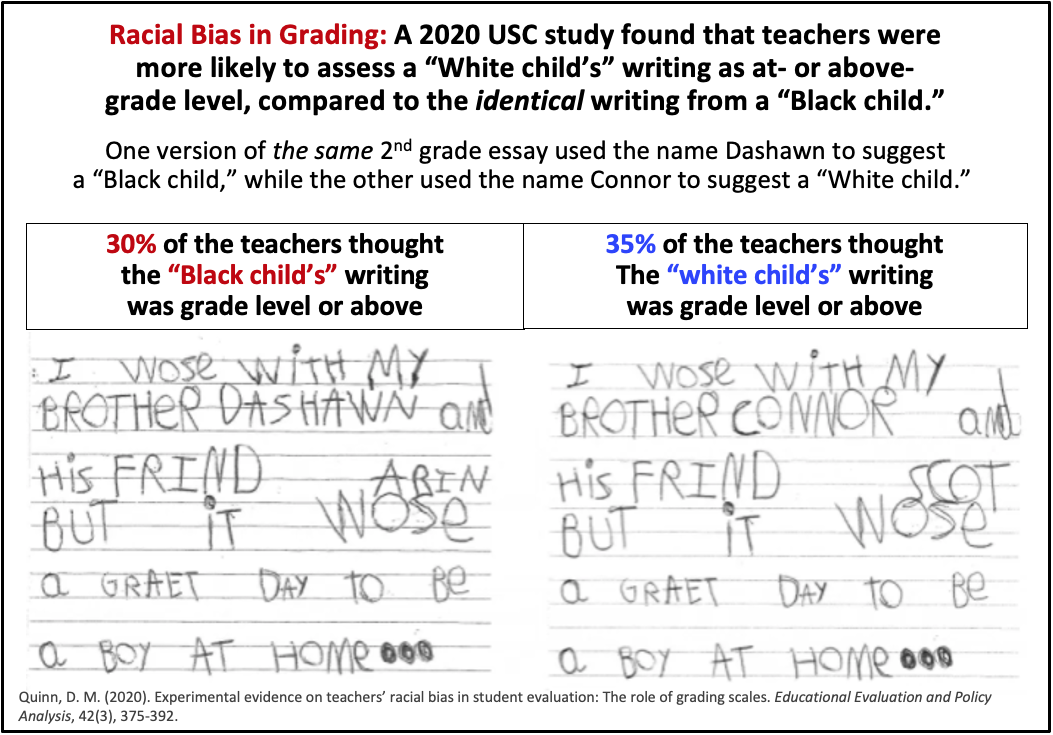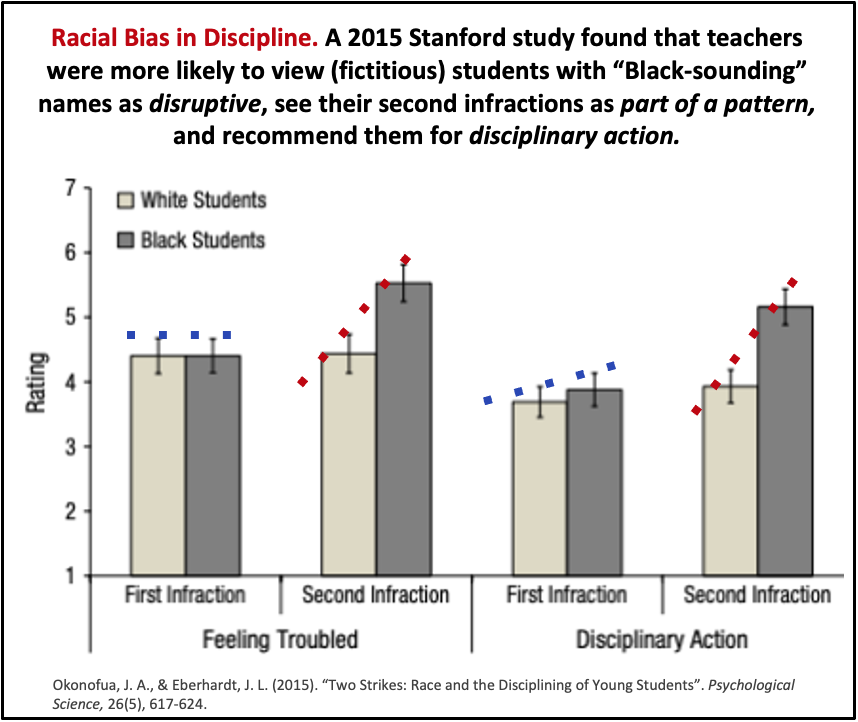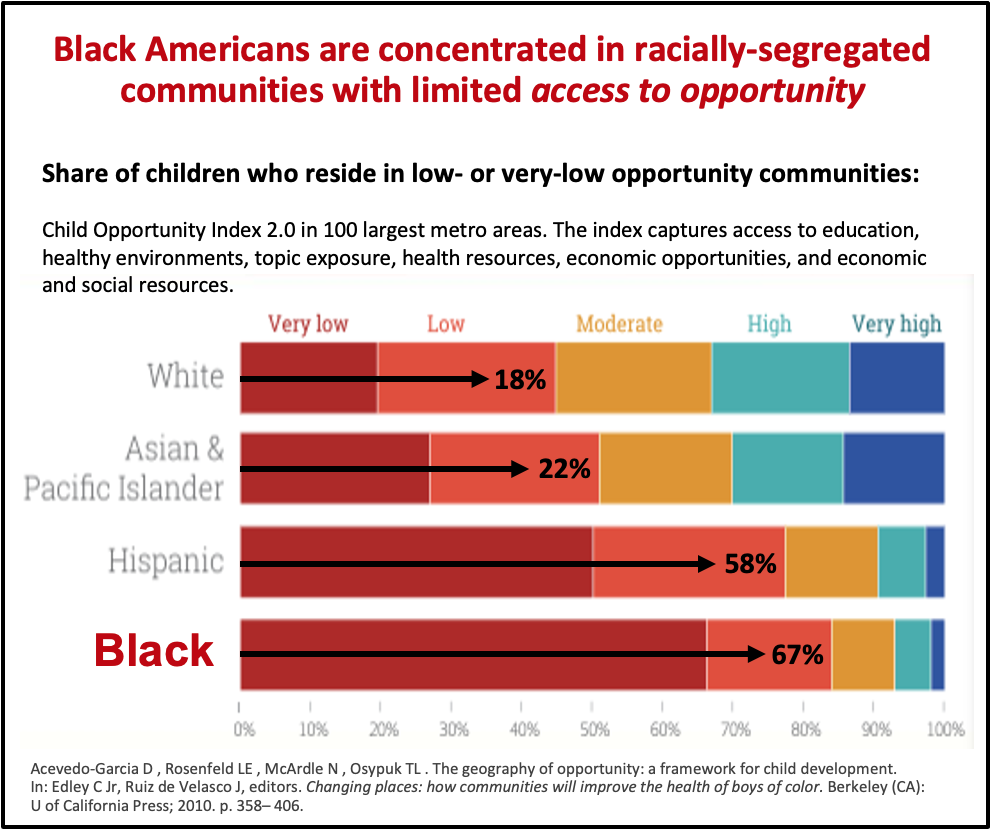Ensuring Equal Access to Educational Opportunity. Part 1: K-12 Education
Contact me for permission to use this content (PDF or PPT)
Part 1: K-12 EDUCATION
(Look out for Part 2 on higher education)
CALL TO ACTION: in the wake of the Supreme Court’s ruling prohibiting affirmative action,
Let's ensure "Equal Opportunity for All", in practice.
The underlying assumptions of the Supreme Court’s ruling on affirmative action are:
Historical state-sponsored racism and segregation no longer impact the present.
The limited affirmative action we extended previously is sufficient to redress centuries of historical harms.
Interpersonal racial discrimination is a thing of the past.
We now live in a "colorblind equal-opportunity meritocracy".
...OK, then let's make that "equal-opportunity meritocracy" a reality, in practice
Let's end racial segregation in K-12 schools.
School segregation has been increasing since federal school desegregation orders were lifted by the 1991 Supreme Court case Oklahoma CPS v. Dowell. They also confidently reassured that it was “unlikely that the [school] Board would return to its former ways.”
Let's end racial discrimination in K-12 schools
Racial Bias in Grading: A 2020 USC study found that teachers were more likely to assess a “White child’s” writing as at- or above- grade level, compared to the identical writing from a “Black child.”
One version of the same 2nd grade essay used the name Dashawn to suggest a “Black child,” while the other used the name Connor to suggest a “White child.”
Racial Bias in Gifted Programs: A study of a large urban school district found that Black and Latino students were less likely to be identified as gifted (IQ=130+), despite qualifying IQ test scores. The number of Black and Latino students identified as gifted increased after it switched from teacher referrals to universal test screening.
Racial Bias in Discipline: A 2015 Stanford study found that teachers were more likely to view (fictitious) students with “Black-sounding” names as disruptive, see their second infractions as part of a pattern, and recommend them for disciplinary action.
Let's ensure equal access to K-12 educational opportunity, regardless of race or income.
Racial disparities in access to education opportunity: Our “colorblind” school funding system preserves our historical separate and unequal school system, with historically-rooted segregation and wealth disparities acting as proxies for race.
Nonwhite school districts receive an average of $2,200/student less than white districts.
High-poverty white districts receive more per-student funding than low-poverty nonwhite districts.
Over 70% of Black 8th graders attend high-poverty schools, vs. about 30% of Whites.
The Geography of Opportunity: A study found that children in public housing who moved to wealthier schools, far outperformed those who stayed in the poor neighborhood.
Let's ensure equal access to opportunity and upward mobility, regardless of race or income.
Black Americans are concentrated in racially-segregated communities with limited access to opportunity
The Child Opportunity 2.0 Index captures access to education, healthy environments, topic exposure, health resources, economic opportunities, and economic and social resources
Unlike their White and Asian counterparts, Black middle-income families tend to live in low-income neighborhoods with less access to education opportunity. Race impacts access to education, independent of income.
Racial disparities in access to opportunity—particularly education opportunities—translate into racial disparities in upward income mobility. Just 3% of low-income Black children become wealthy adults. The United States has among the lowest rates of both educational and income mobility in the high-income nations. ...and the upward mobility rates for African Americans are even lower.
“One of the major limits of the movement toward equality that occurred in the course of the past century is that it was too often limited to a formal equality.” —Economist Thomas Piketty
In a national survey, White Americans reported that while they oppose racial preferences, they (largely) do support racial equality in principle. …however, they also opposed policies ensuring equal access to opportunity (the principle-policy gap).










